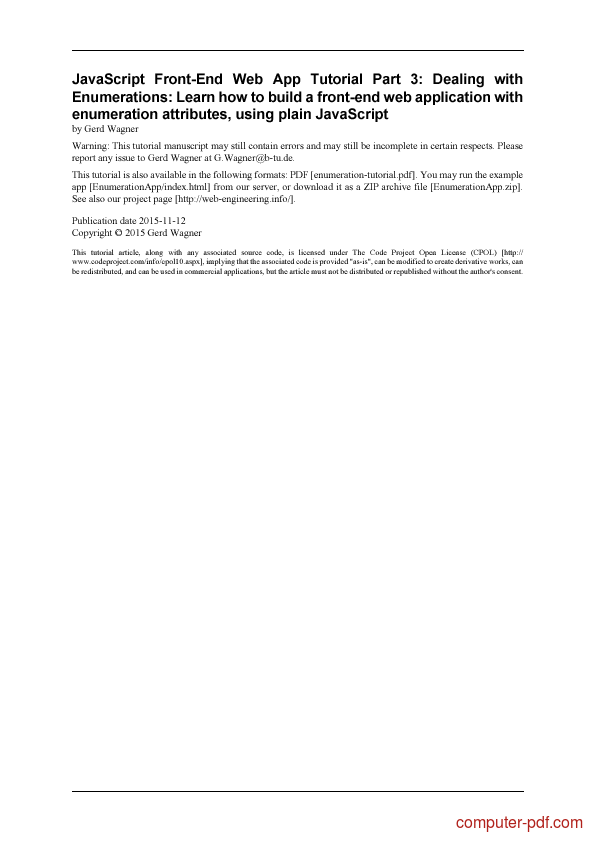

We can group a set of related input fields into and provide a descriptive.Read the respective server-side programming techniques such as PHP, Java Servlet, JSP, and etc.ĮXAMPLE 2 (" HtmlFormEx2.html"): More Controls and Input Validation I will not cover server side programming in this article. It then returns an appropriate response to the client.


The server-side program receives the query string URL decodes the special characters and performs operations based on these parameters (e.g., query the database).You are expect to get an error 404, as you have yet to write the server-side processing program " submit.php". Observe the request parameters in the submitted URL. Space can be encoded in %20 or + for simplicity. As URL does not accept special characters, they are encoded in the form of %hh (called URL encode), where hh is the ASCII code in hexadecimal, e.g., ~ is encoded as %7e ^ as %5e. The query string is then append behind the action URL via a ? sign, i.e., submit.php?username=xxx&password=yyy. The request parameters are joined together via a & sign, i.e., username=xxx&password=yyy, to form a so-called query string. In this example, there are two sets of name=value pairs - username=xxx and password=yyy. The name corresponds to the name attribute of the elements the value corresponds to the text entered. When the user submit the form, the browser collects the request parameters from the input elements, in the form of name=value pairs.The value attribute of the button appears as the label of the button. : The reset button, which clear all the input fields.Clicking the submit button sends the data to the action URL. When you click on the, the labeled element is selected. The improves the usability for the mouse-user. You can either match the for attribute of the to the id attribute of the element to be labeled (as in the first ) or wrap the inside the (as in the second ). : for password entry - displayed as * on the screen.: a text field for users to enter data.There are 2 input elements in this form:.The attribute method specifies the HTTP method (GET or POST) to be used for submission. The attribute action provides the URL for which this form is to be submitted. HTML Form By Examples EXAMPLE 1 (" HtmlFormEx1.html"): Basic Structure Over at the web server, a server-side program collects these data and returns a dynamic response based on the inputs submitted. These input fields allow web users to supply data (called request parameters or query string) to the web server. An HTML form contains input elements (or fields, controls, widgets), such as text fields, checkboxes, and buttons. An HTML Form (Web Form) allows a web user to interact with the server.


 0 kommentar(er)
0 kommentar(er)
